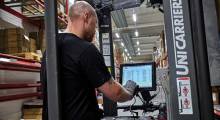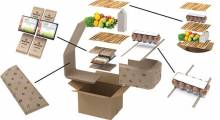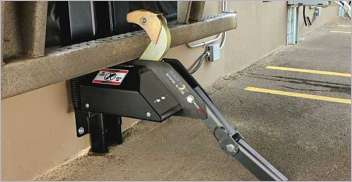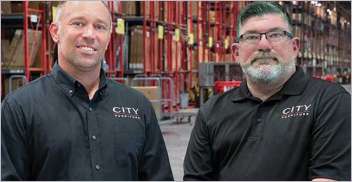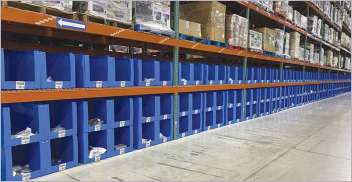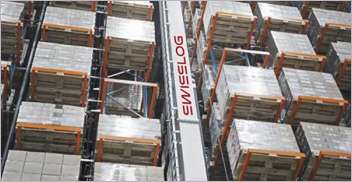Omron Adept Technologies, based in San Ramon, Calif., is a leading manufacturer and distributor of intelligent vision-guided robotics systems and services globally. The company encountered a major challenge when it sought to transfer the entire shipping process for its line of industrial robots in-house. The transition would involve training staff to meet stringent hazmat transport regulations for lithium batteries. After implementing a new labeling software and support service, the company optimized its process and enhanced its dangerous goods regulatory compliance procedures.
The company’s autonomous industrial robots feature large format lithium ion batteries, a power source that currently faces very strict regulations for transport, and fines or penalties for noncompliance. Battery compliance and shipping had been outsourced to a 3PL, with a majority of shipments originating from Omron Adept’s California manufacturing facility.
“Using a 3PL had increased our lead time and costs for managing the battery program with shipments sometimes delayed due to stringent packaging requirements,” says Wes Watson, director of logistics for Omron Management Center of America.
Watson conducted a thorough review of shipping procedures and 3PL costs. After careful consideration, Watson recommended moving the entire shipping process for Omron Adept in-house.
“Shipping large format lithium batteries requires a high level of detail to meet current and changing regulations,” Watson says. “We wanted more control to monitor the compliance of the program and stay up to date with regulations. We also felt it would be more cost effective to ship product ourselves.”
Watson investigated suppliers and ultimately chose a solution (Labelmaster) that offered person-to-person support. The transition began with a shipping process audit to identify areas of strength and where enhancements were needed. Process improvements were categorized as critical issues.
The supplier provided a process guide with detailed procedures for every type of battery shipped for all modes of transportation including ground, air or sea. The guide included instructions on how to properly package and label the cargo and how to complete required documentation.
Following the audit, the supplier conducted training sessions, and 12 employees were certified after a day-long class.
“From the time I contacted them to the time we were up and running was just more than a month,” Watson says. “That was a big win for us. We have not had any compliance issues yet, and I don’t think we will.”
Article topics


